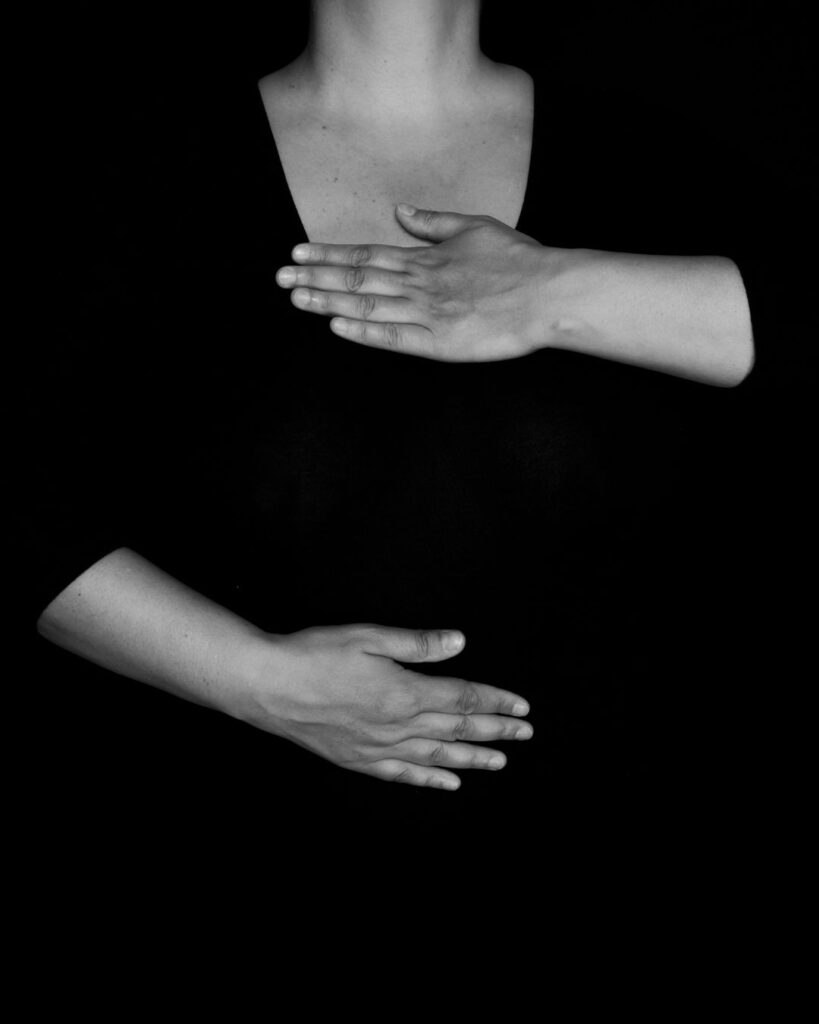The respiratory system is one of the primary body functions. Respiration and cardiac function play a vital role in maintaining life. Furthermore, it provides the body with precious oxygen, eliminates carbon dioxide, and transfers energy internally.
What are the parts of the respiratory system
The term “respiration” refers to two entirely different concepts:
- The cells use oxygen for metabolism and energy production.
- The exchange of oxygen and carbon dioxide between an organism and the environment.
While the respiratory system includes the lungs, airways, and thoracic structures necessary for air movement, it comprises the left and right lungs, each divided into lobes and vital air sacs where oxygen and carbon dioxide exchange with the blood takes place. The airways, which are the tubes facilitating air movement, are also a part of the system. Lastly, the thoracic region, including the spinal column, ribs, sternum, muscles, and connective tissues, protects the lungs and ensures their function.

Muscles Involved in the Respiratory System
– Intercostal muscles perform different functions during different respiratory cycle phases, either expanding or contracting the ribcage.
– Subcostal muscles in the upper thoracic region pull the ribs downward.
– Transversus thoracis muscle covers the inner surface of the anterior thoracic wall and contracts the lateral cartilage.
– External intercostal muscles are influential muscle bands, 12 on each side, that attach to the spinal column from the seventh cervical to the eleventh thoracic vertebrae. They are significant in raising the ribs, aiding in rotation, and lateral core flexion.
– Abdominal and dorsal muscles are involved in deep breathing and exhalation under pressure.
The diaphragm, a primary muscle for breathing, separates the thoracic from the abdominal cavity and is responsible for inhalation. Additionally, it contributes to yawning, coughing, laughing, crying, urination, defecation, and childbirth.
How does the respiratory system work

Respiratory movements involve altering the capacity of the thoracic cavity through inhalation and exhalation. During inhalation, the thoracic cavity enlarges to accommodate environmental air. Subsequently, air moves into the lung alveoli to deliver oxygen to the blood. Diaphragmatic contraction increases the thoracic diameter, pushing the viscera downward. Significantly, inhalation aids blood return to the heart.
In contrast, exhalation is more of a passive process. The thoracic cavity reduces in size due to the elasticity of the lungs and thoracic wall, causing the muscles to relax.
The volume of air entering the body during an inhalation is approximately 500-750 ml, and the diaphragm’s contraction, which does not exceed 1.5 cm, facilitates this process.
Furthermore, one inhalation and one exhalation constitute one respiratory cycle, during which the right side of the heart pumps blood to the pulmonary capillaries for gas exchange. During vigorous exercise, air flow increases twentyfold, while blood flow increases sixfold.
Types of Breathing
The respiratory system consists of two types of breathing.

Abdominal Respiration or belly breathing
Predominantly involves the abdominal region and is typically associated with male respiration. Diaphragmatic breathing supports proper cardiac function, improves body oxygenation, and benefits the lymphatic system, stomach, and liver.
Thoracic Respiration
It involves the thoracic area and is the primary respiration for females. It is also used during exercise and stressful situations and helps the body receive more oxygen.
Our goal is to start using breathing techniques that enhance the diaphragm. In modern times, we mainly perform swallow breathing due to tight clothing, high-stress levels, and daily tensions. Abdominal respiration serves as a means to maintain high energy levels and promote health and well-being.
References:
1. P. Baltopoulos (2003), Human Anatomy: Structure and Function, Medical Publications P.C. Paschalidis, Athens, Greece.
2. A. Vander, M.D., J. Sherman, Ph.D., D. Luciano, Ph.D., M. Tsakopoulos, M.D. (2001), Human Physiology: Mechanisms of Body Function, Medical Publications P.C. Paschalidis, Athens, Greece.





